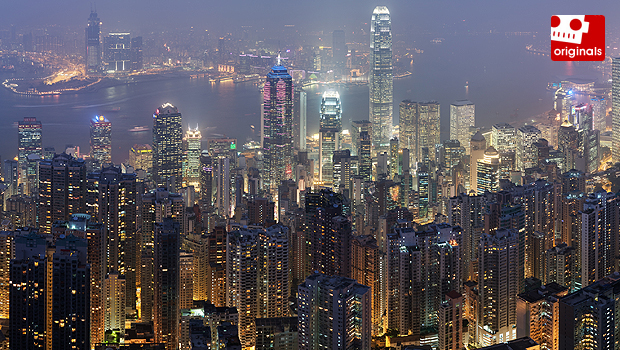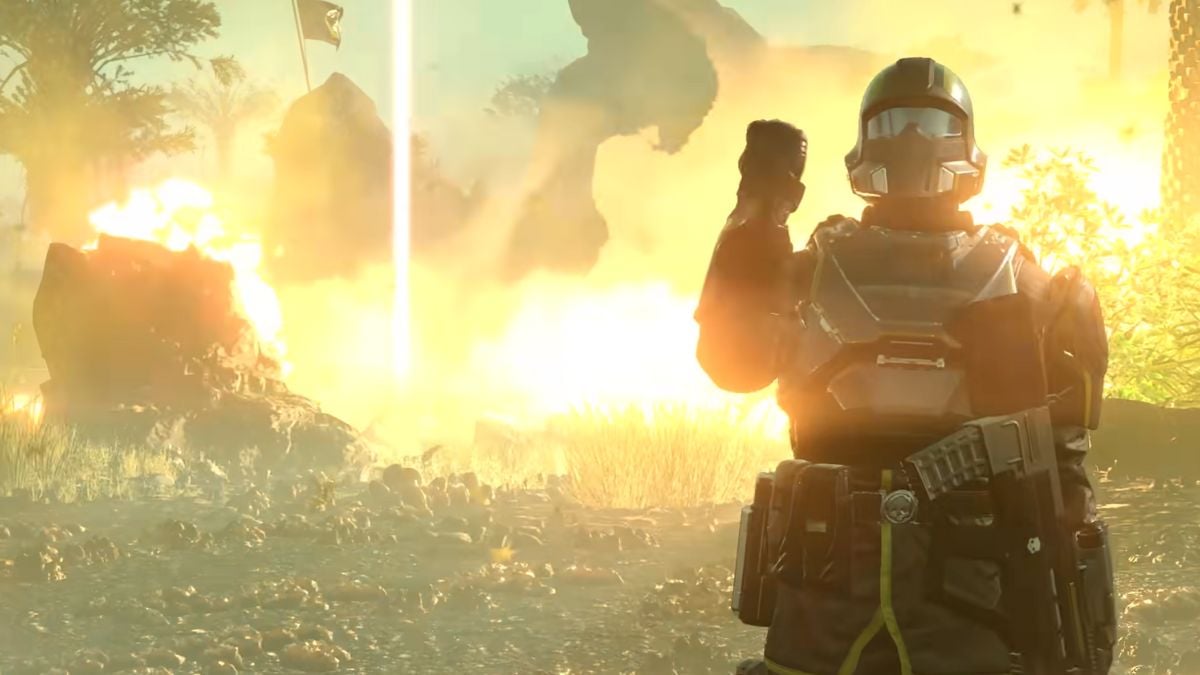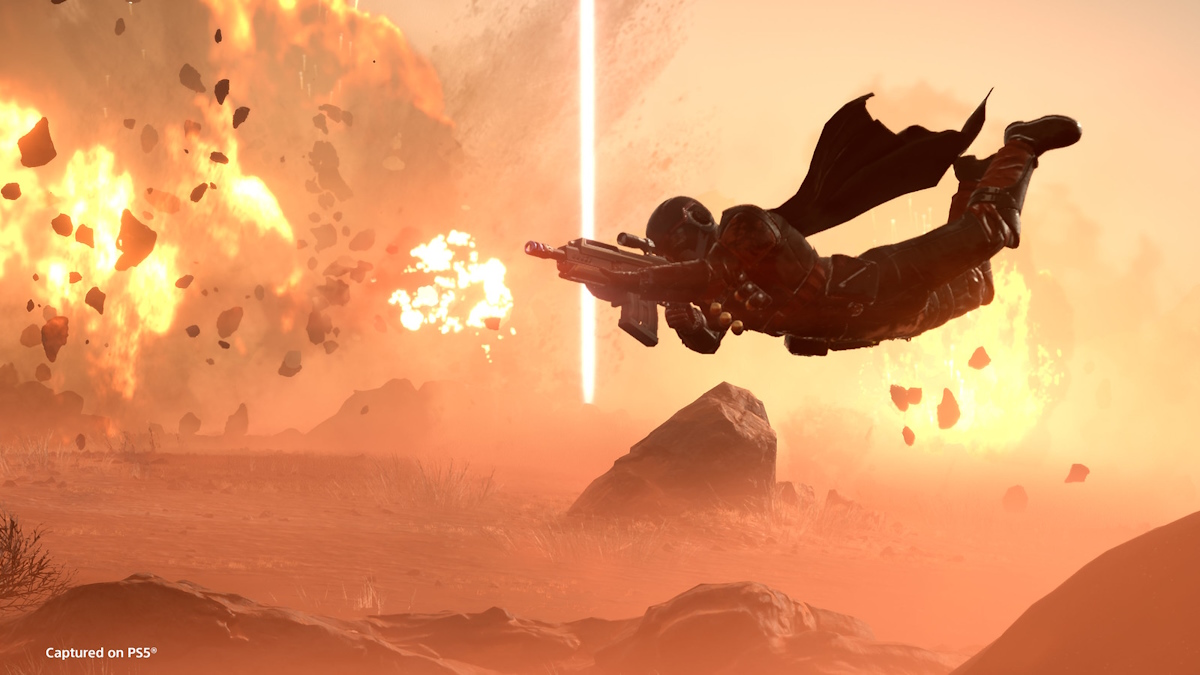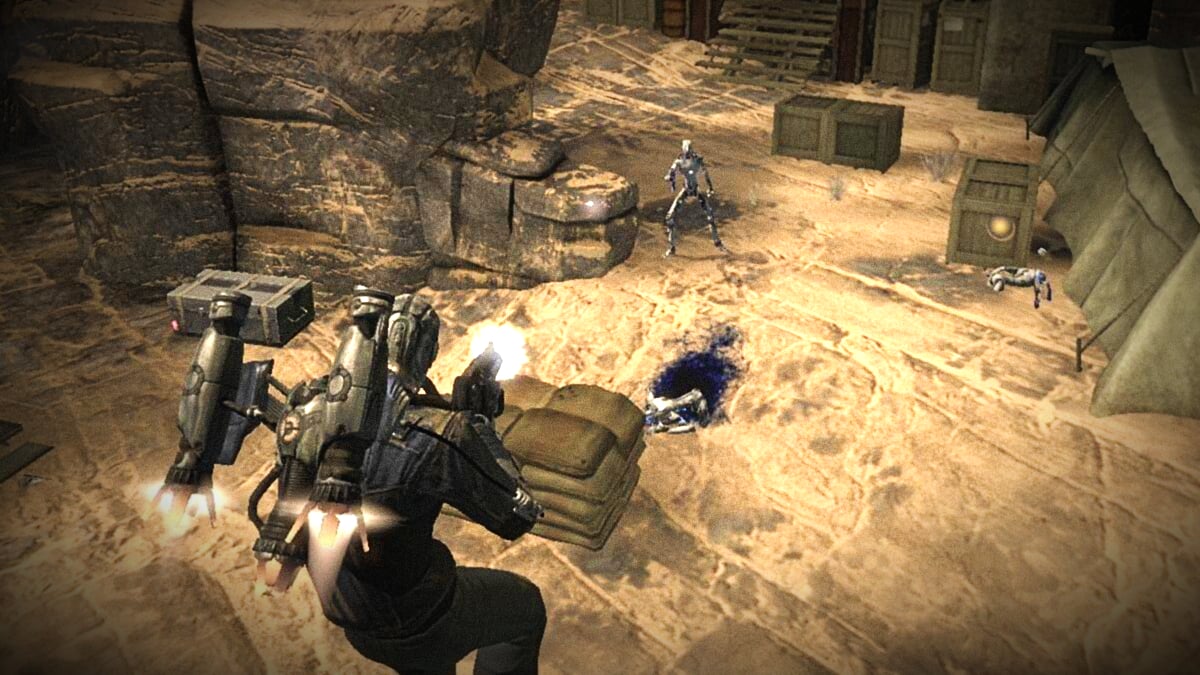 With support from our partner, Intel, we’re exploring how technology is evolving and improving the gaming experience. The company’s goal is to develop tools that, in the right hands, allow us to play new and exciting games.
With support from our partner, Intel, we’re exploring how technology is evolving and improving the gaming experience. The company’s goal is to develop tools that, in the right hands, allow us to play new and exciting games.
Hong Kong is a playground for the eyes where every street and alley gives way to more visual information than our mind knows how to process. Considering Hong Kong and similar Asian metropolises overheat our internal hardware, it should be no surprise that virtual recreations of these cities serve as a the perfect processing benchmark for console generations. The numerous neon signs, towering buildings, intricate street structure, complex lighting, and dense population of Hong Kong and Chinatowns across the world pose a challenge to the processing power of each console generation.
With Sleeping Dogs bringing a more faithful representation of these cityscapes than ever achieved before, now seems like a good time to look back at the history of Asian metropolises in games. From Deus Ex to Yakuza, these games have given us some of the most memorable virtual playgrounds in the medium. But, let’s take off the rose-tinted glasses and compare these game locales to more recent ones and the actual cities themselves.

Whenever I think of Deus Ex I think of Chinatown. Foggy interiors of an Asian shrine were the first images I saw of the game in PC Gamer magazine, and the alleys, vendors, and gondolas below are the lasting images that come to mind when I recall the game.
The Unreal Engine, still new at the time, made large exteriors, populated city streets, and mood lighting possible. Being able to interact with civilians and watch them live their lives — regardless of how limited those “lives” may be — was a rare thing at the time. Seeing signs with giant characters above and vendor goods spread out on tables all around set a tone and sense of place for Deus Ex’s futuristic Hong Kong. Though the game took the player to New York, Paris, and other major cities, Hong Kong was the most fully realized of them all, even if it was the smallest in size.
Looking back, it’s almost laughable to think I was once so impressed with the layout. Deus Ex made Hong Kong look more like a warehouse with a couple alleys that extend to clubs and a harbor than a bustling metropolis. Though developer Ion Storm took a great leap forward in creating a virtual city, its lack of detail and scope makes it feel a bit cheap when compared to modern games. The vendors look like cardboard homes, neon lights are far and few between, and the city backdrop is generic and shallow.
Despite being dated, Deus Ex’s Hong Kong still evokes a mood and has a charm to it. It’s representative of Ion Storm’s fantastic level and art designers as well as the hardware limitations of the time that could only render so much space and detail at a time.

In Shenmue II’s transition from a humble Japanese city to the sprawl of Hong Kong, little was sacrificed in detail and a lot was added in scope. Shenmue lacks the mood and lighting of Deus Ex, but it makes up for it in terms of size.
At the start of Shenmue, you can see large ships sailing out from Hong Kong’s harbor, rundown alleyways with seedy characters, and vendors on the street with detailed goods. At a time when Grand Theft Auto 3 gave players little to do and look at when on foot, Shenmue II overwhelmed the player with distractions, mini-games, and visual detail among the streets of its depiction of Hong Kong.
While Shenmue’s Hong Kong highlights the city’s English colonial influence, it lacks the bright lights and spectacle that the city has embraced over the last century. The glamour that many have identified with the city is nowhere to be found in Shenmue’s quaint city streets. This was due to the limitation of the Dreamcast’s hardware that struggled to create the long streets of Hong Kong and populate it with more than 5-7 people on-screen at a time.
Showering the cityscape with complex neon lighting was beyond the scope of the Dreamcast’s capabilities, and Sega wasn’t going to recreate the game from the ground up for Xbox. Nevertheless, Shenmue recreated Hong Kong with a scale never seen before at the time.

I can hear you just fine: I know Yakuza takes place in Japan which is more than a mere stone’s throw away from Hong Kong. Nevertheless, Tokyo mirrors Hong Kong’s blend of cramped, industrial spaces and scenic, spacious areas throughout the city. When you weren’t directly dealing with the citizens and language in Yakuza, it was easy to imagine you were walking the streets of Hong Kong.
Shenmue II’s textures benefited from the Xbox port, but Yakuza was the first open-world game that took place in modern Asia, specifically designed for this generation of hardware. Playing Yakuza, it shouldn’t come as a surprise that members of Shenmue II’s development team worked on this new Sega series. Yakuza was the first game to bring an Asian metropolis to life with an abundance of neon signs, giant buildings, and intricate city streets that made up a convincing vision of Tokyo’s red-light district. The series improved over time, but this first entry left the biggest impression for being so different than anything else at the time.
Like the above games, Yakuza couldn’t display very many pedestrians at a time (roughly 25 or so), making one of the most populated cities in the world feel like a ghost town. The streets themselves were bare, lacking the street vendors, street musicians, and other street-level detail of Shenmue. Nothing but vending machines, faceless pedestrians, and thugs on these streets. Released late in the PlayStation 2’s life, Yakuza used the system’s hardware to add detail to the buildings and neon lights above while leaving the streets below empty. Even still, seeing a city street lined with flashing signs was a sight to behold in 2005.

Nothing could make the technological jump from the original Deus Ex clearer than a return visit to Hong Kong during second half of Human Revolution’s story. Ok, so it’s not really Hong Kong; it’s a city called Hengsha, but it might as well be Hong Kong. Built on a heavily modified Crystal Engine — which powered Tomb Raider: Legend and its sequels — Human Revolution was able to bring more space, detail, and dynamic lighting to the city.
In contrast to Hong Kong in the original, Hengsha is a much grimier setting with desolate living spaces, sketchy clubs, and armed guards suppressing the locals. It lacks the charm and character of the original, but it’s very impressive on a technical level. Being able to run along the rooftops and look down on a sea of pedestrians and vendors below is a great display of how much technology has advanced since the original Unreal engine. It’s a shame then that the game’s divisive art direction makes such a potentially unique setting look so much like the ones before it in the game: more gold and black tinted cement.

Walking out of a small, dingy diner and into a narrow alleyway, crowded by vendors, pedestrians, and bright neon advertisements is a special moment in Sleeping Dogs.
The key word above is “crowded”. Just as Deus Ex once blew me away by having pedestrians at all, Sleeping Dogs impressed me by having enough details and foot traffic to make its world feel realistic and not like the cheap virtual attractions of the past. Whether you are driving by the monoliths of central Hong Kong or walking the streets of the city’s various districts, there is a lot to take in and admire in its layout and intricacies.
Square Enix have recreated the entire island of Hong Kong and even portions of its surrounding islands. Whether you are racing down the winding roads of Victoria Peak, walking through the fish markets in the day, or driving past the dense urban areas at night, the city of Hong Kong will always be visible and accessible to the player. With advanced lighting, anti-aliasing, and draw distance on PC, Sleeping Dogs might finally give us virtual tourists the trip to Hong Kong we’ve always been dreaming of. Maybe we’ll even take out a triad or two in the process.
Follow the conversation on Twitter at #IntelAlwaysOn.




